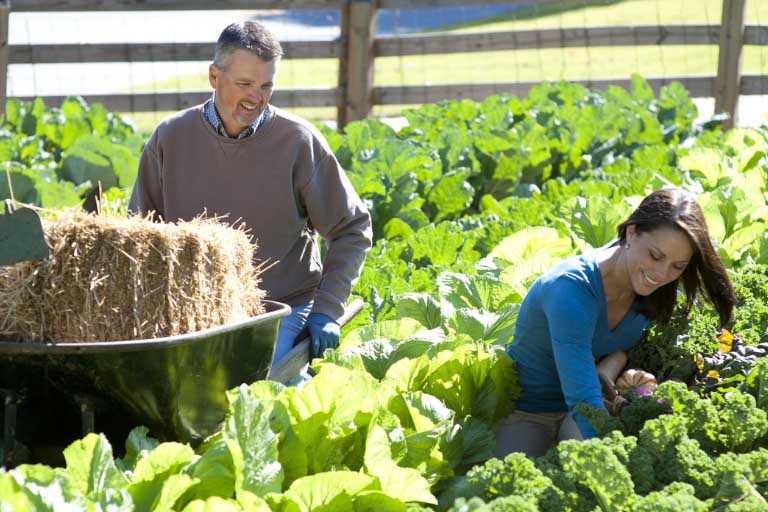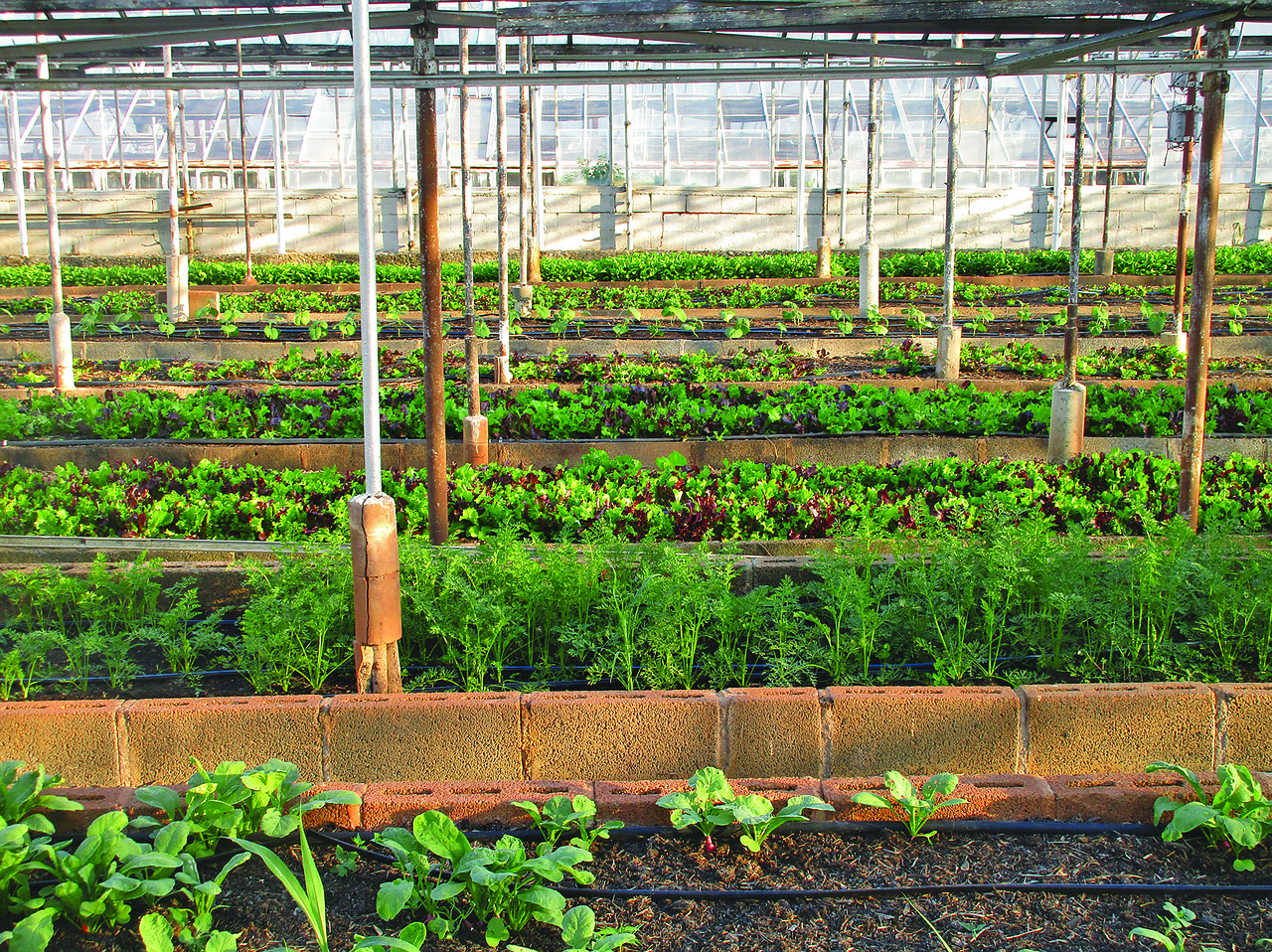Whether you’re a seasoned veteran of the vegetable patch or a new candidate with your first flower box, you may be looking for gardening tips. Avid growers love to share their tips and tricks, and you’ll find an overwhelming amount of advice on your local groups and favorite forums.
To help you weed out the best of them, we’ve assembled our favorite gardening tips. Every region has its own peculiarities for producing a bountiful harvest. And every gardener has their strongest skills. We can tell you from experience that just because you have a green thumb for flowers, it doesn’t always follow that your vegetable garden will thrive.
Gardening Tips Make Short Work of a Bountiful Harvest
Gardening is hard work. There’s no denying that double-digging beds and weeding can be back-breaking labor. And gardening takes patience. Sometimes that investment of hard work doesn’t pay off for months. Sometimes, it can even take years. The best gardening tips provide shortcuts and techniques for solving common garden problems. And some of these provided will help you save more money or get a better yield from your vegetable plants.
Best Gardening Tips for New Gardeners
Along with reminding you not to get overwhelmed by trying to plant more vegetables than you can reasonably care for, we’ve got some other basic gardening tips that will make your journey into gardening more pleasant.
Start with containers
Choosing what to grow
Take advantage of starter seedlings
Best Gardening Tips for Saving Money
If you want to decrease the money you spend every season, here are a few tips to consider.
Pre-germinate your seeds
If you have seeds left over from last year, they may have some life left in them yet. But, you don’t have to use up peat pellets on potential duds. Pre-germinate them to find out if they’re still viable before planting. After your seeds have sprouted, you can carefully plant the germinated seeds into seed trays or small pots until they're big enough to transplant.
Start composting
If you’ve had a vegetable or flower garden for more than two or three years, you have a good idea how expensive soil amendments can run. You probably also know how many cubic feet of weeds and other organic matter you pull out of your garden. If you haven’t started a compost pile yet, you need to start one now. Not only are you recycling in the most fundamental way that nature intended, but you’ll also never pay $5 for a bag of “compost” again.
Regrow your vegetables
Some plants make good candidates for re-growing even after the harvest. For example, when you’ve removed the root end of your green onions, plant the remaining bulb in potting soil. Soon, it will continue to grow right where it left off.
Many lettuces work, too. After removing the leaves from romaine, arugula, or other leafy greens, place the stem in a container with about 2 inches of water. When roots appear, you can replant it in some soil. Celery, onions, garlic, and fresh herbs can be propagated in water as well, even if you buy them from the grocery store. Many gardeners propagate tomato and sweet potato slips from cuttings, too.
Reuse your trash to make seed starters
You can make biodegradable seed starters out of toilet paper rolls. If you’re tired of handing over stacks of cash on peat pellets and biodegradable pots, make your own with empty toilet paper rolls.
Other “creative" seed starters include eggshells, lemon or orange rinds, and used K-cups.
[amazon box= “B00IYY8MIG,B01DL1D8JY,B06XFZ4CTC” template=”table”]
Gardening Tips for a More Productive Garden
After preparing the soil and nurturing your seedlings, you want to get as many vegetables from your plants as possible. Here are a few tips for a higher yield.
High tea in the garden
Compost tea
Pair your plants for harmony
Focus on fast-growing vegetables
Harvest your vegetables on time
Encourage pollinators
[amazon box= “B078KLPS75,B01G7FCJP0,B007XIWY1A” template=”table”]
Best Unusual Gardening Tips
Some gardening advice sounds a bit weird or even like an old wives’ tale. But many are worth considering when looking to increase garden production.
Cooking water fertilizer
Banana peel fertilizer
Sulfur for pepper plants
Fertilize with milk
Protect your tomatoes with pennies
Using These Gardening Tips
Planning ahead will always serve you well and is our very favorite gardening tip of all time. Planning ensures you won’t become overwhelmed or make bad choices when deciding what to grow. When your local growing season is over, create a layout of your beds to combine plants. Start building your raised beds or prepare your existing patch to rest over the winter. Research which plants grow well in your region and their maturity rate, so you can make successive plantings to make the most of the spring and summer. Armed with this information, get ready for next year by starting your seedlings indoors.
What are your favorite gardening tips? Whether they’re slightly odd or time-proven standards, tell us about them in the comments below. We’d love to sure your gardening expertise with our readers.
[amazon box=”160774189X,160342475X,1629143693″ grid=”3″]



Leave a Reply